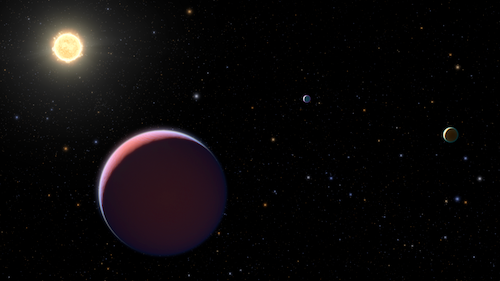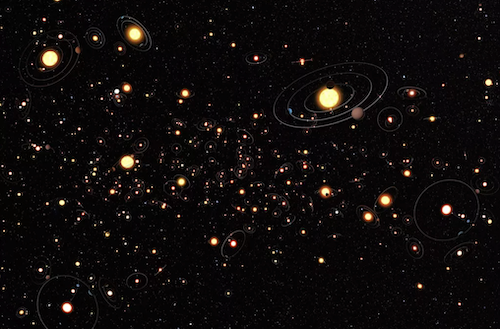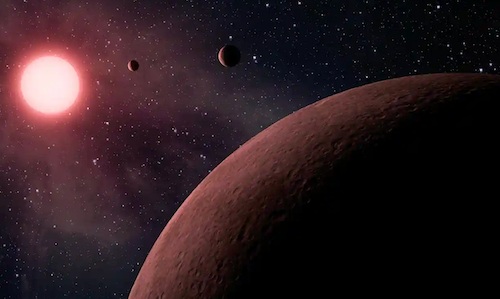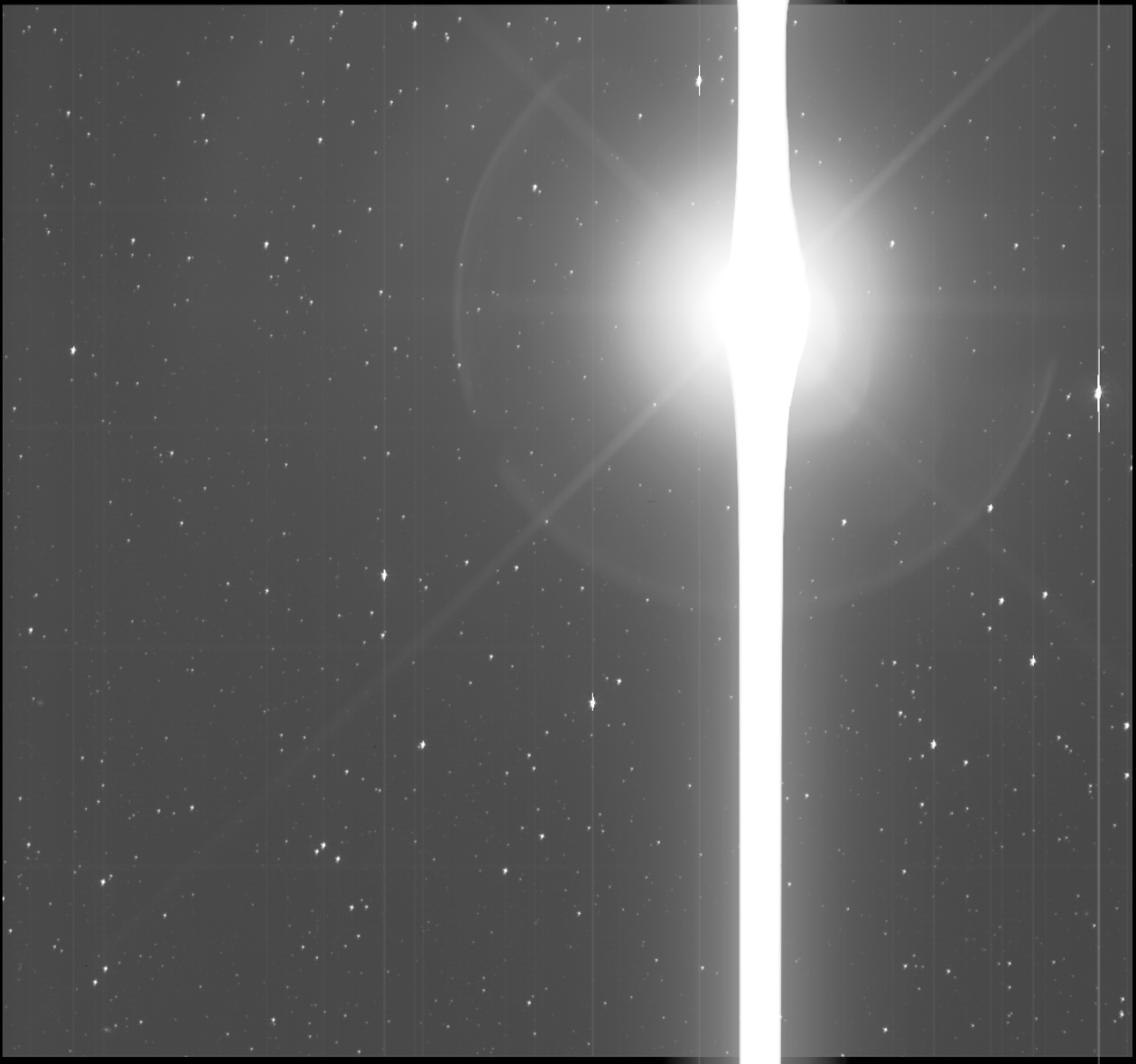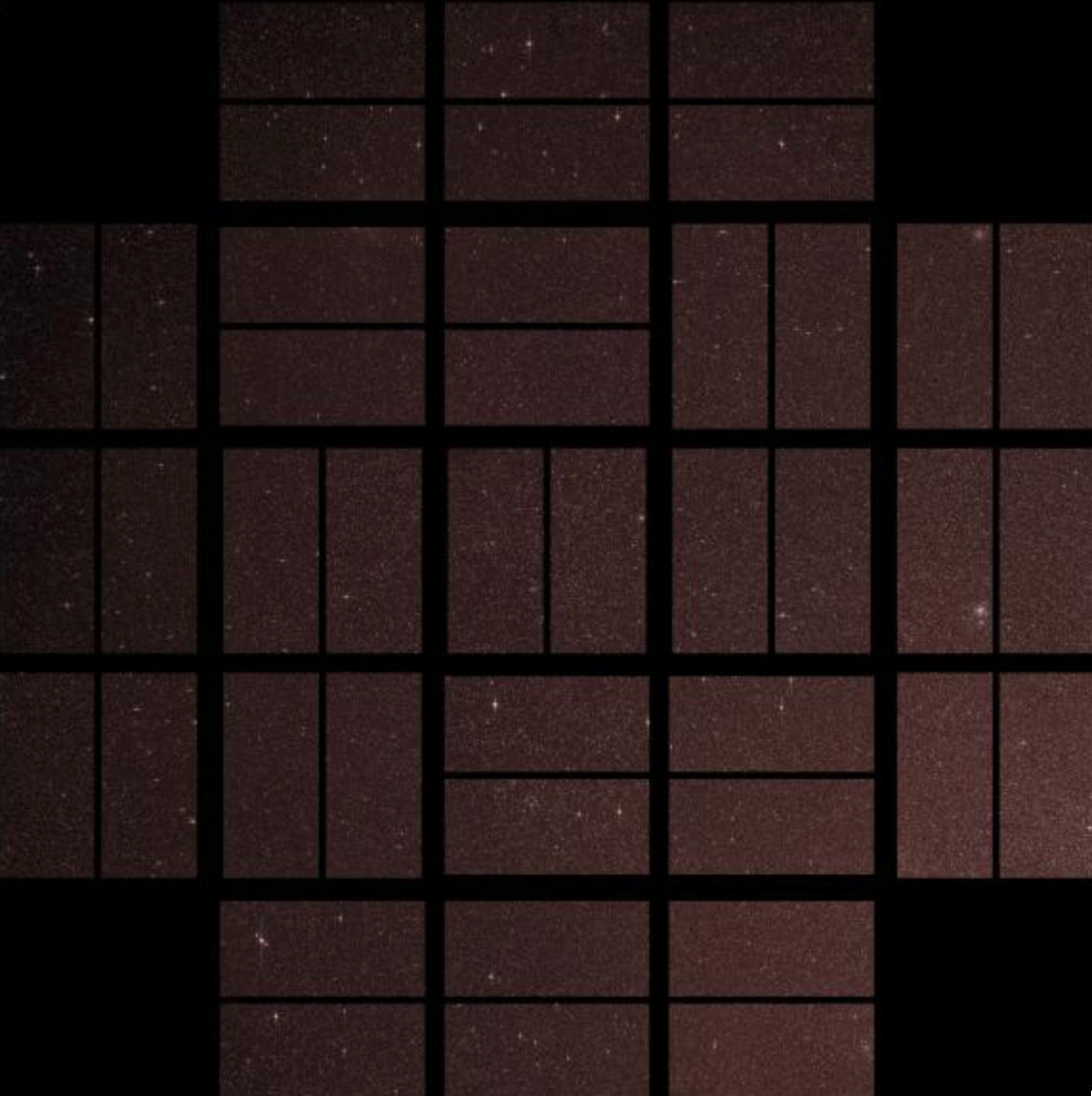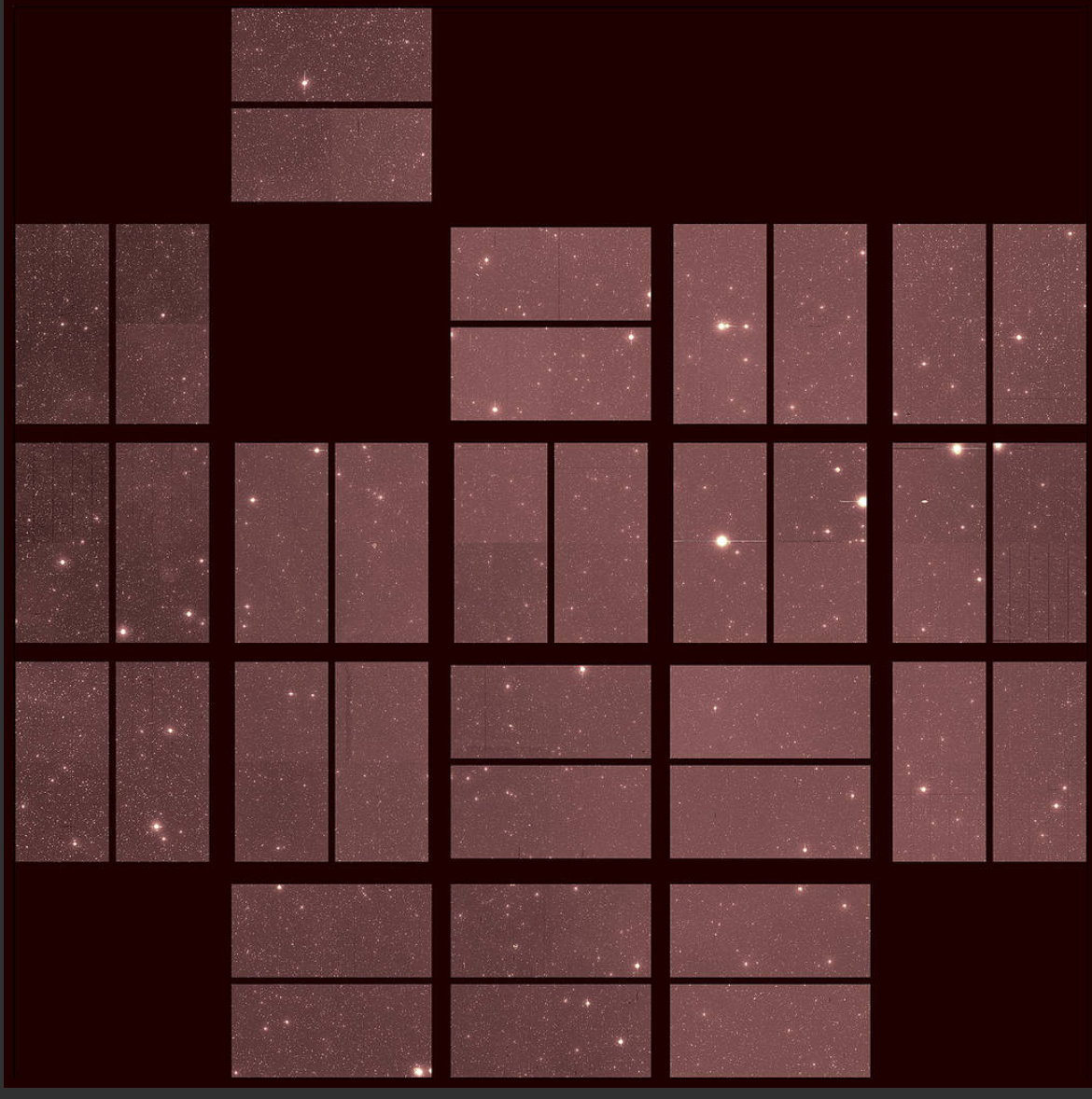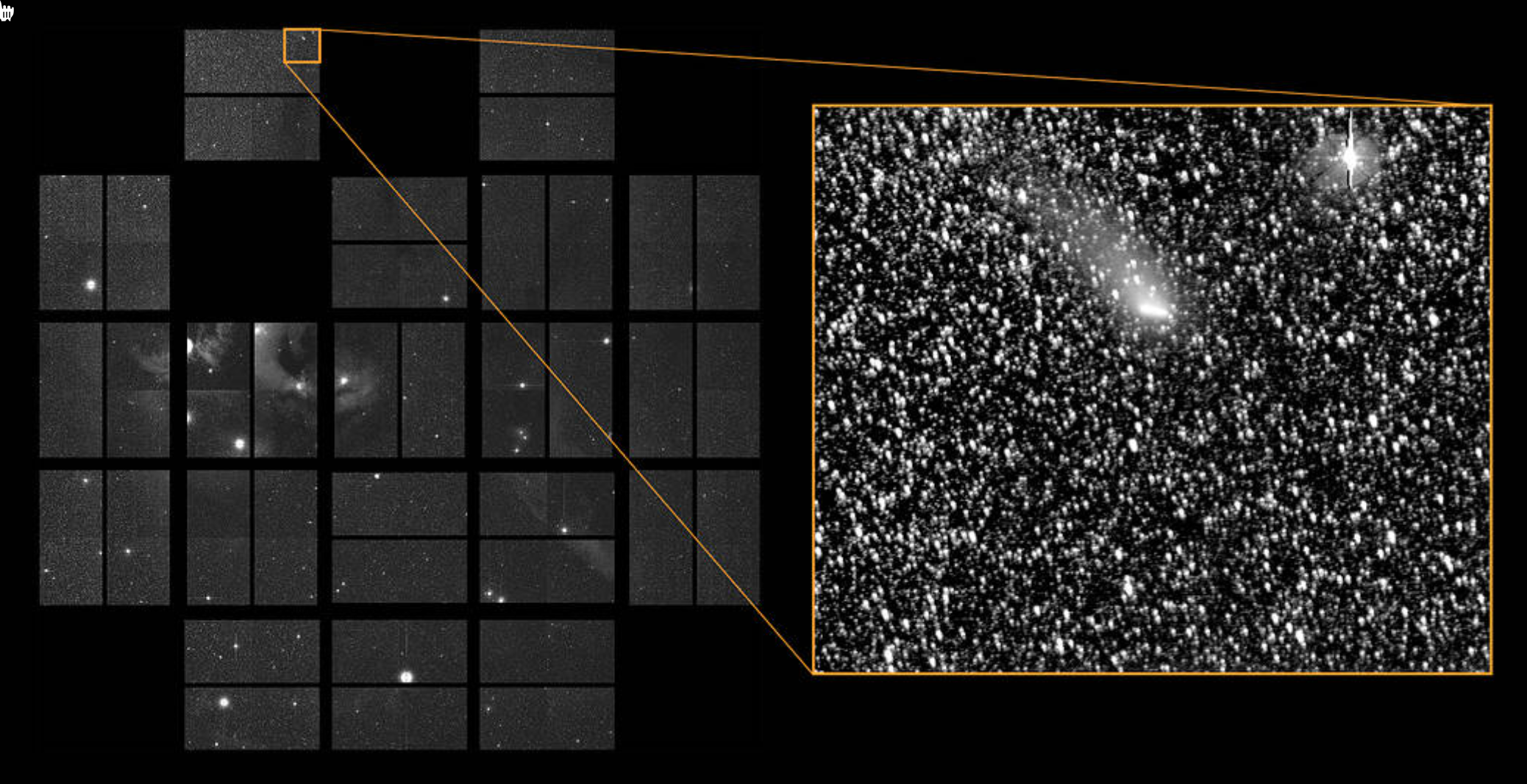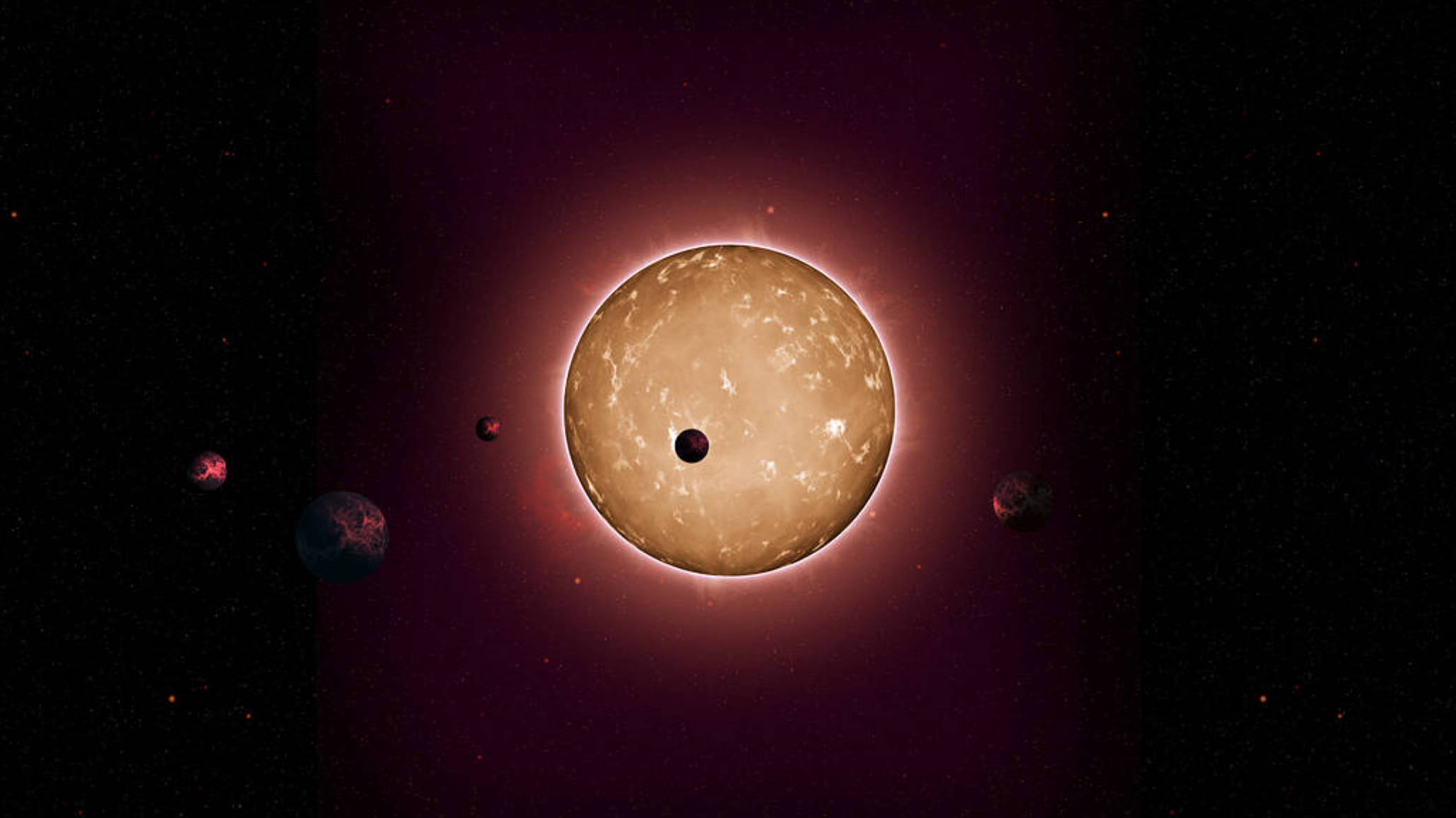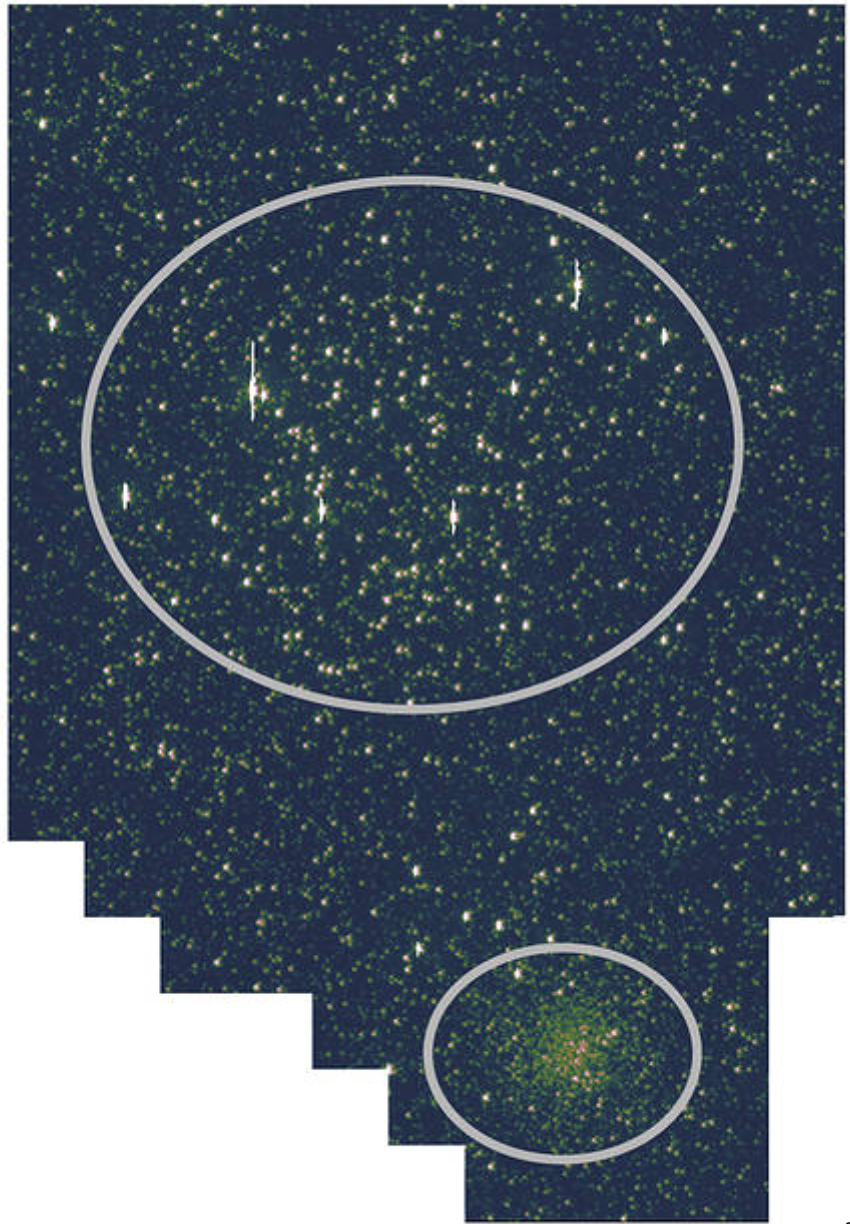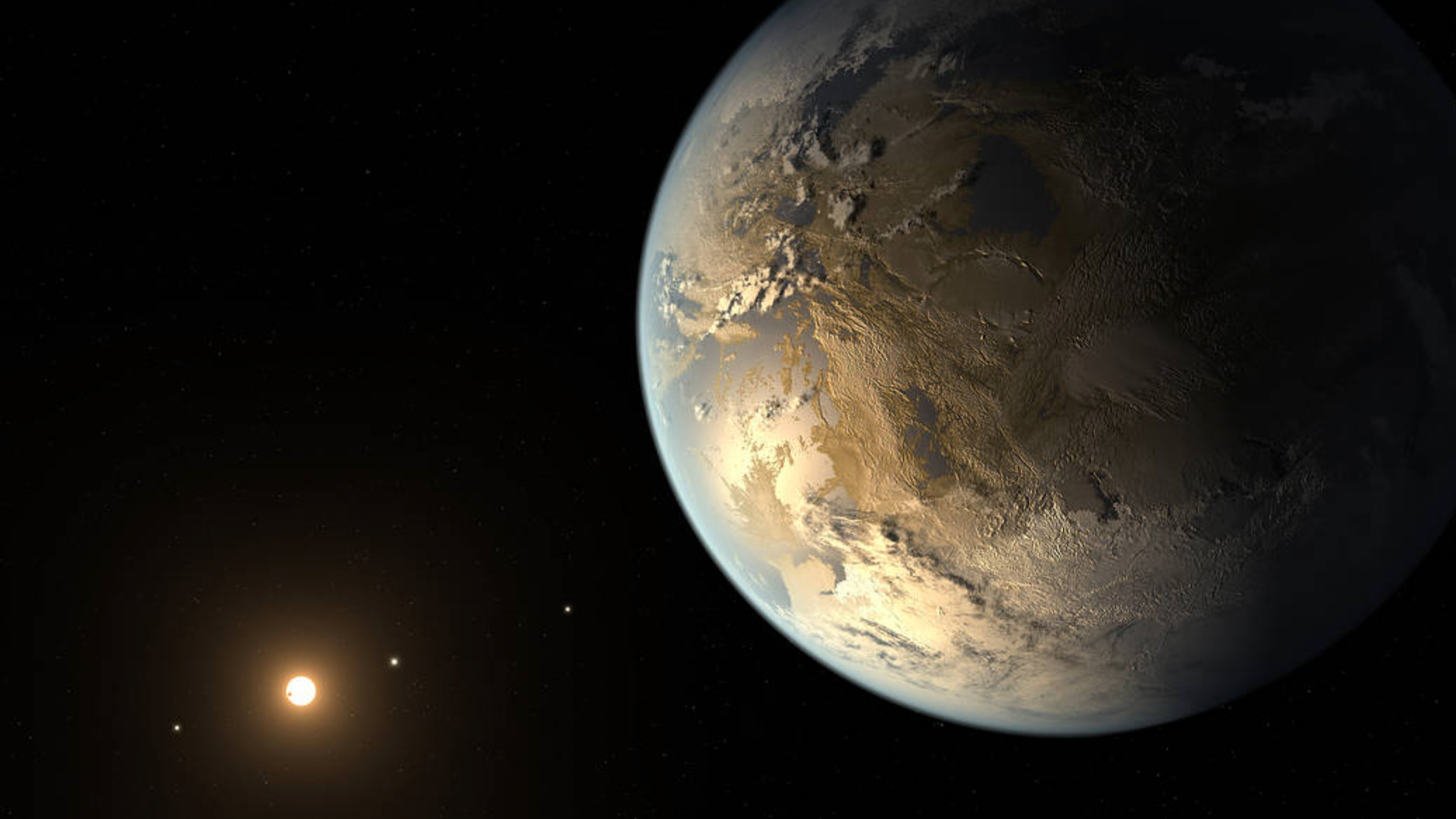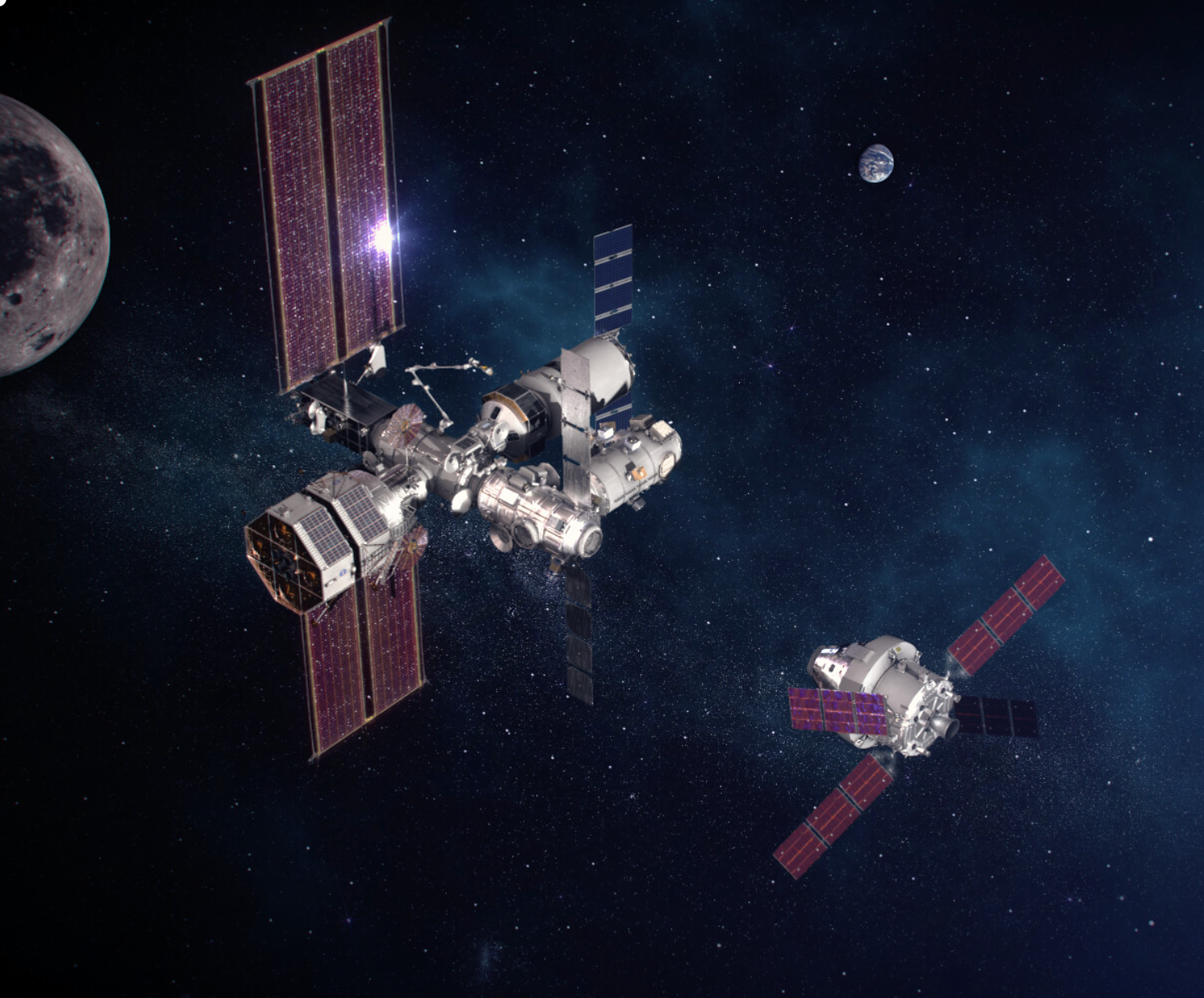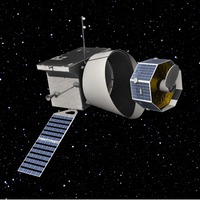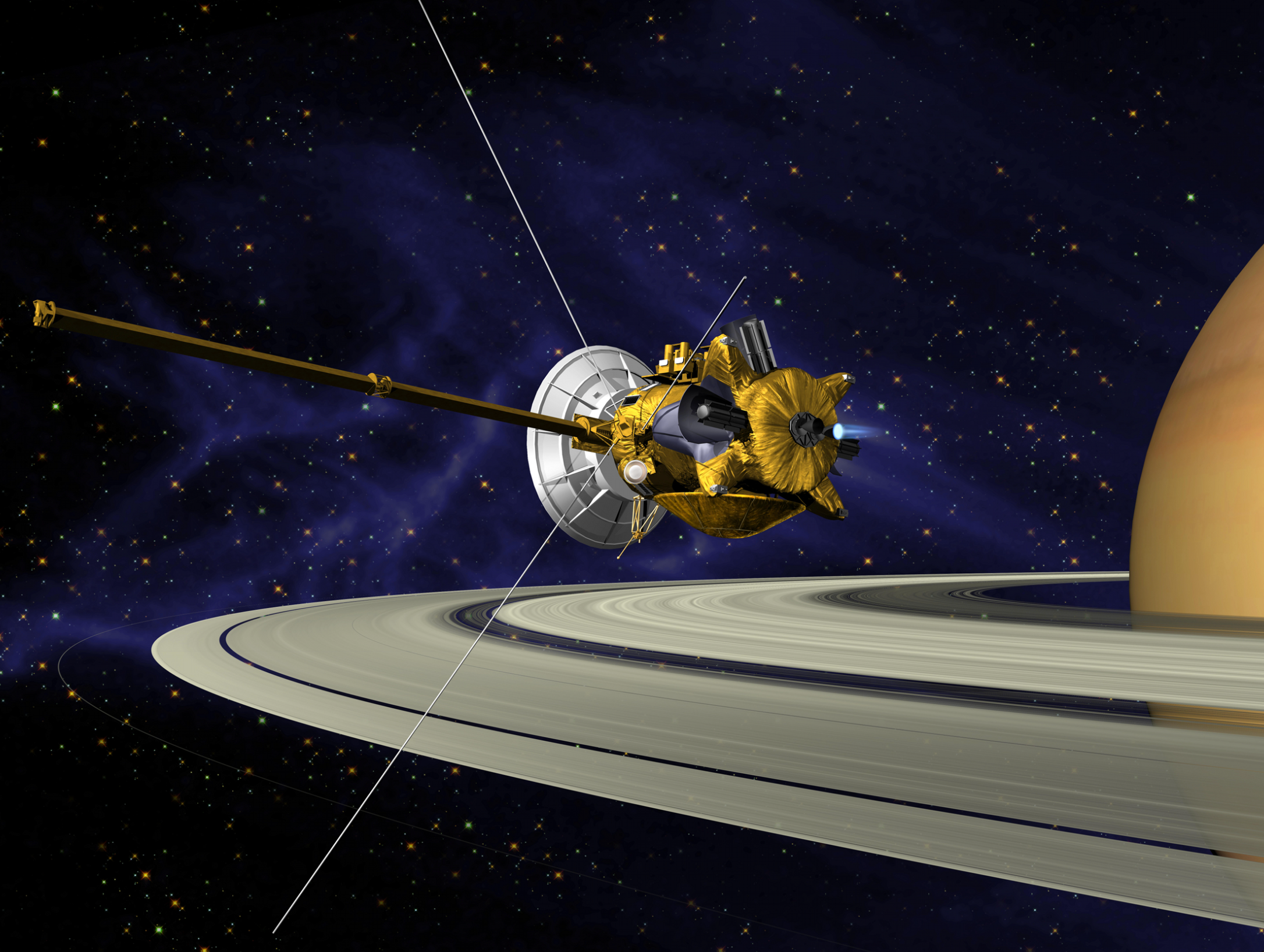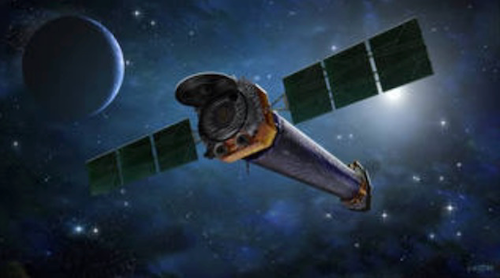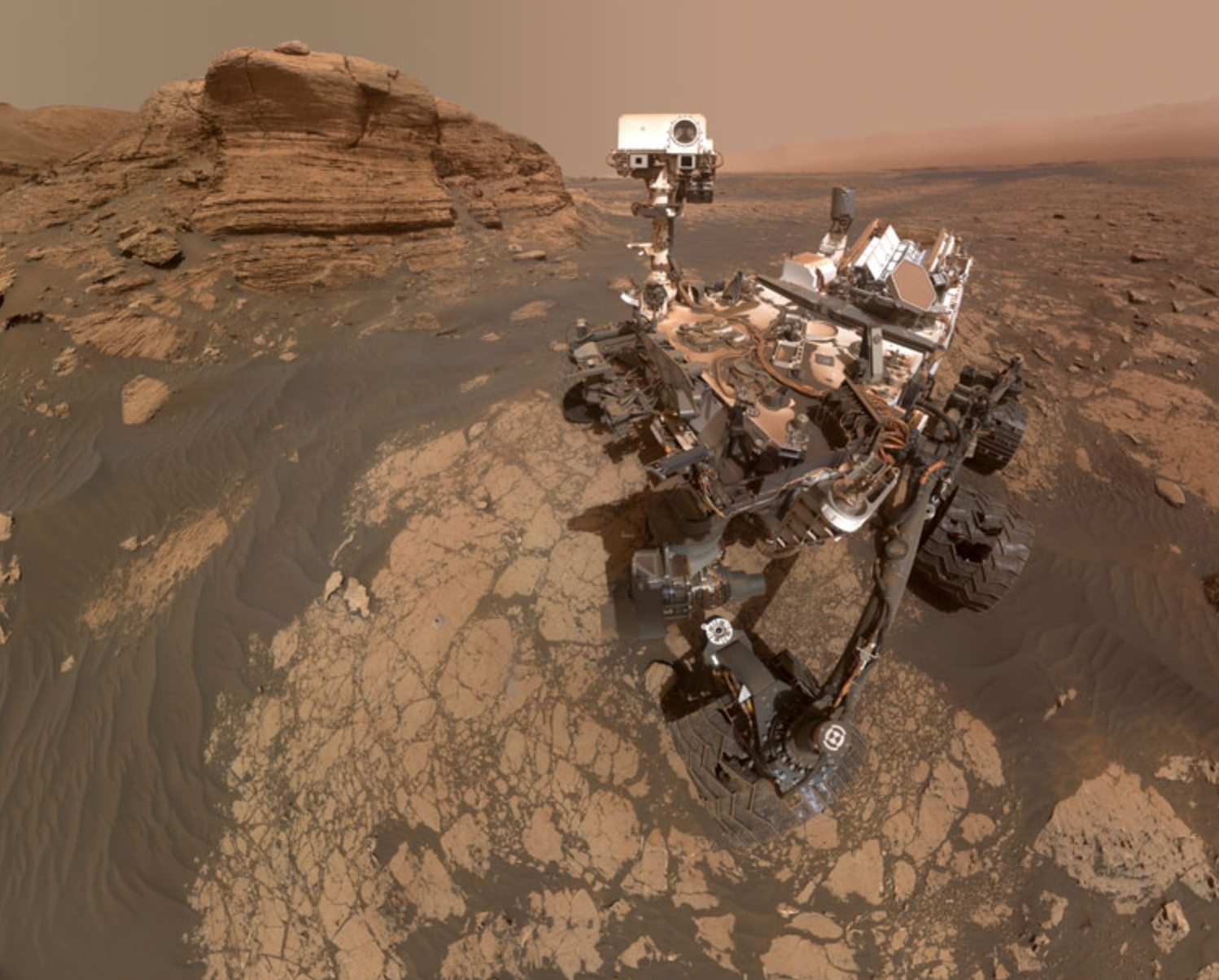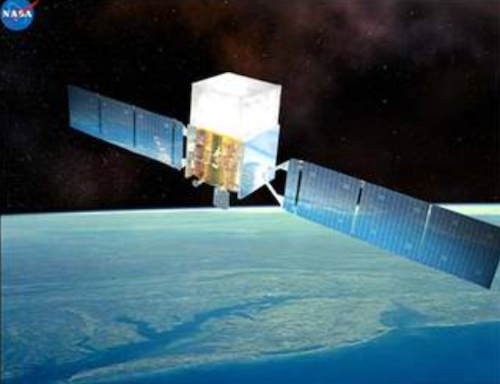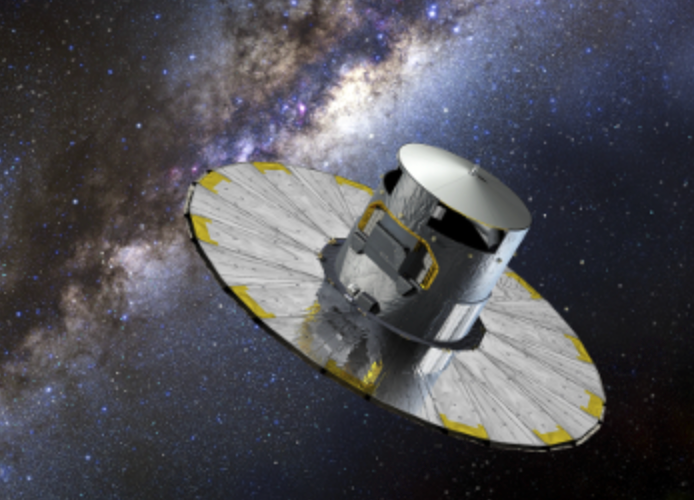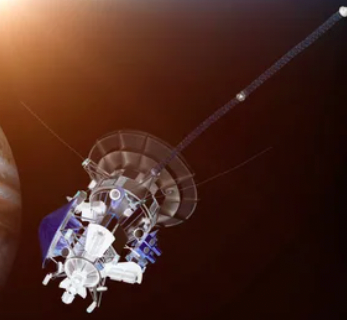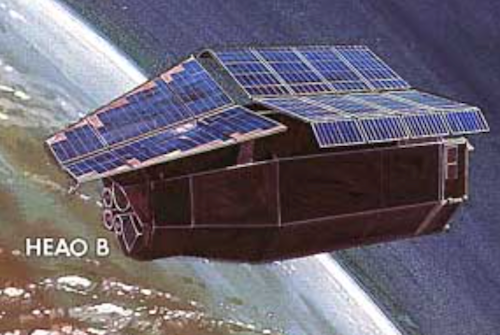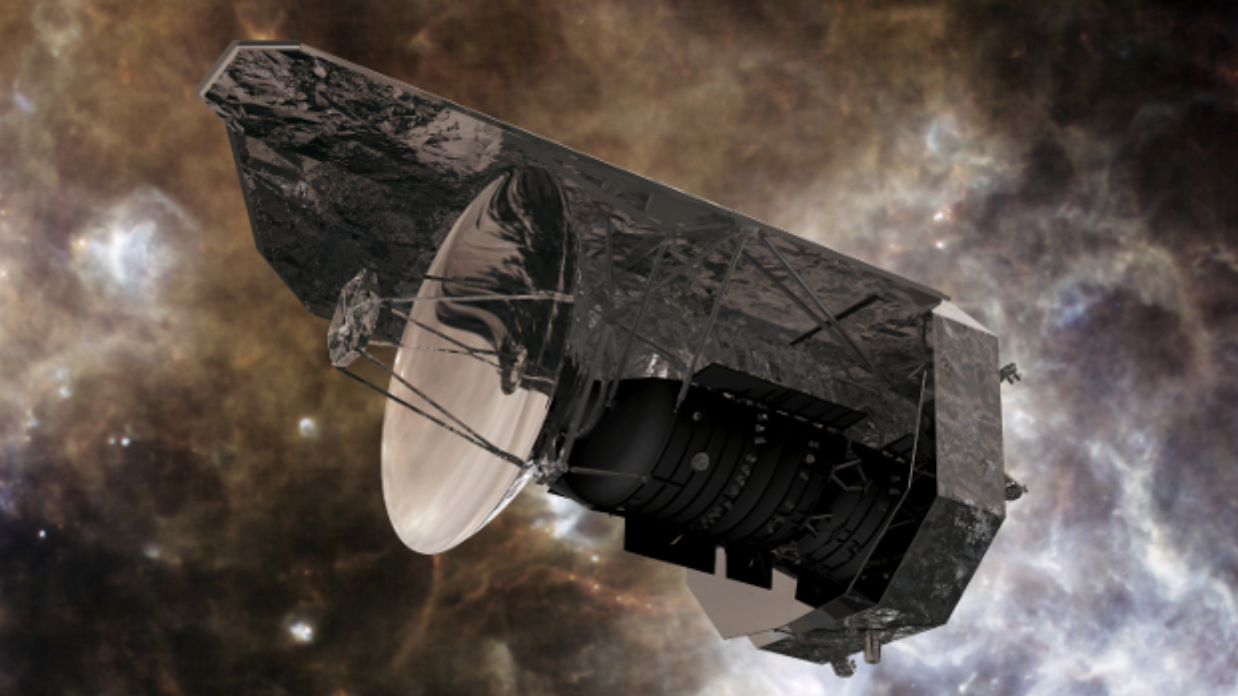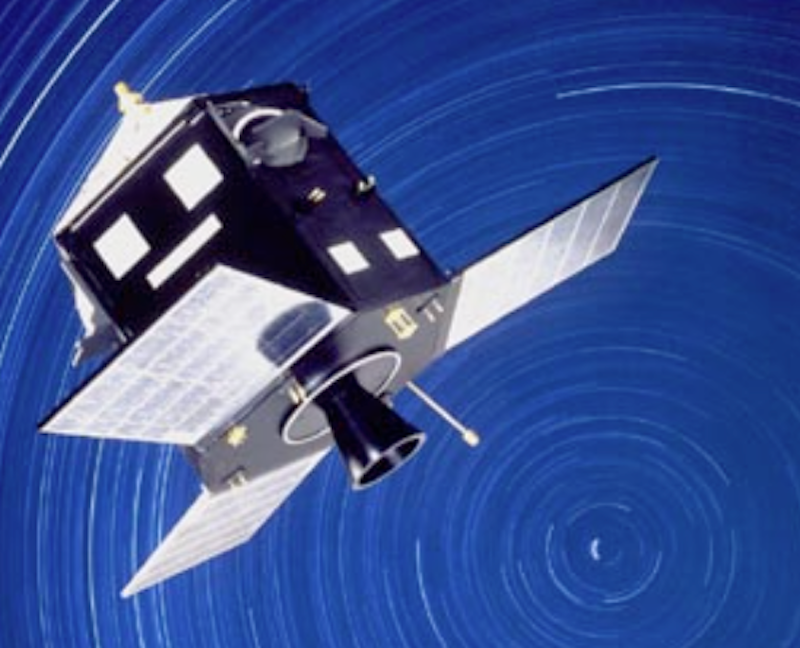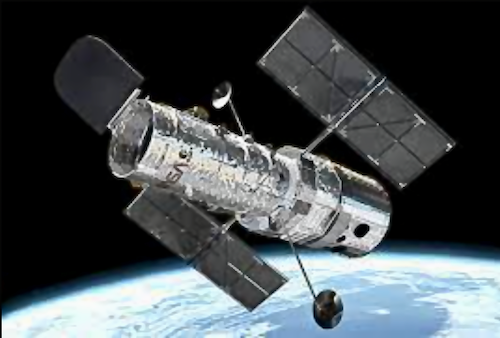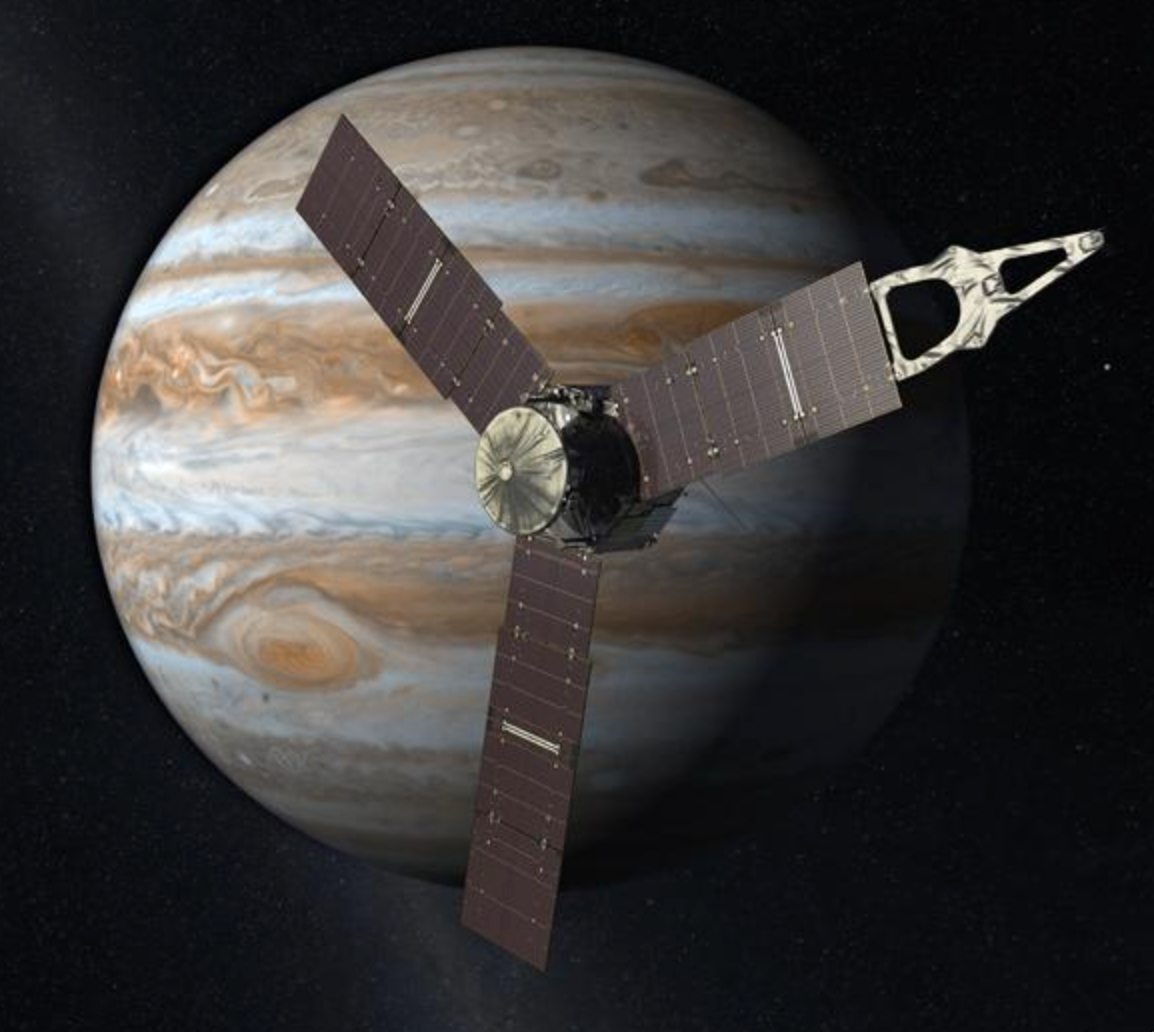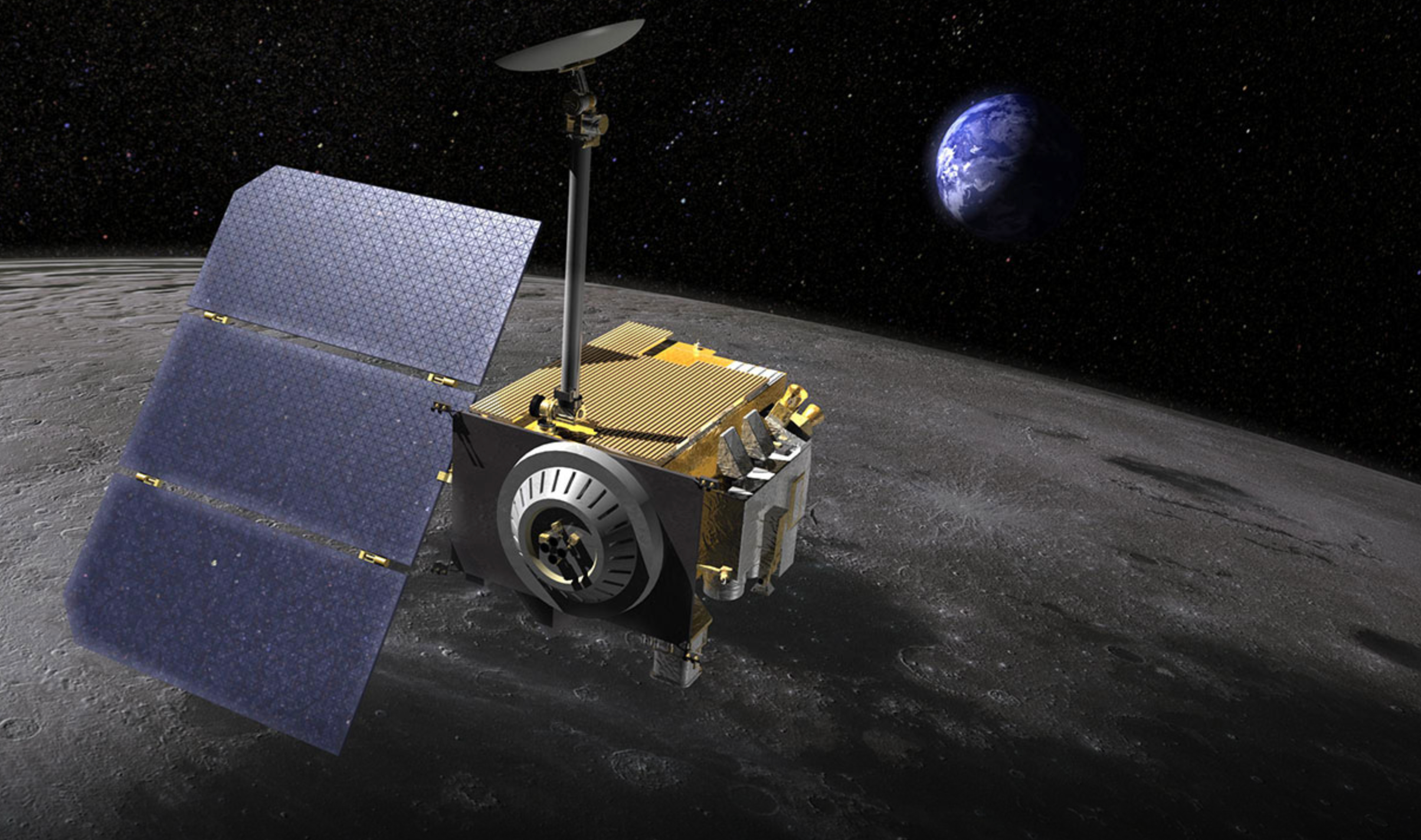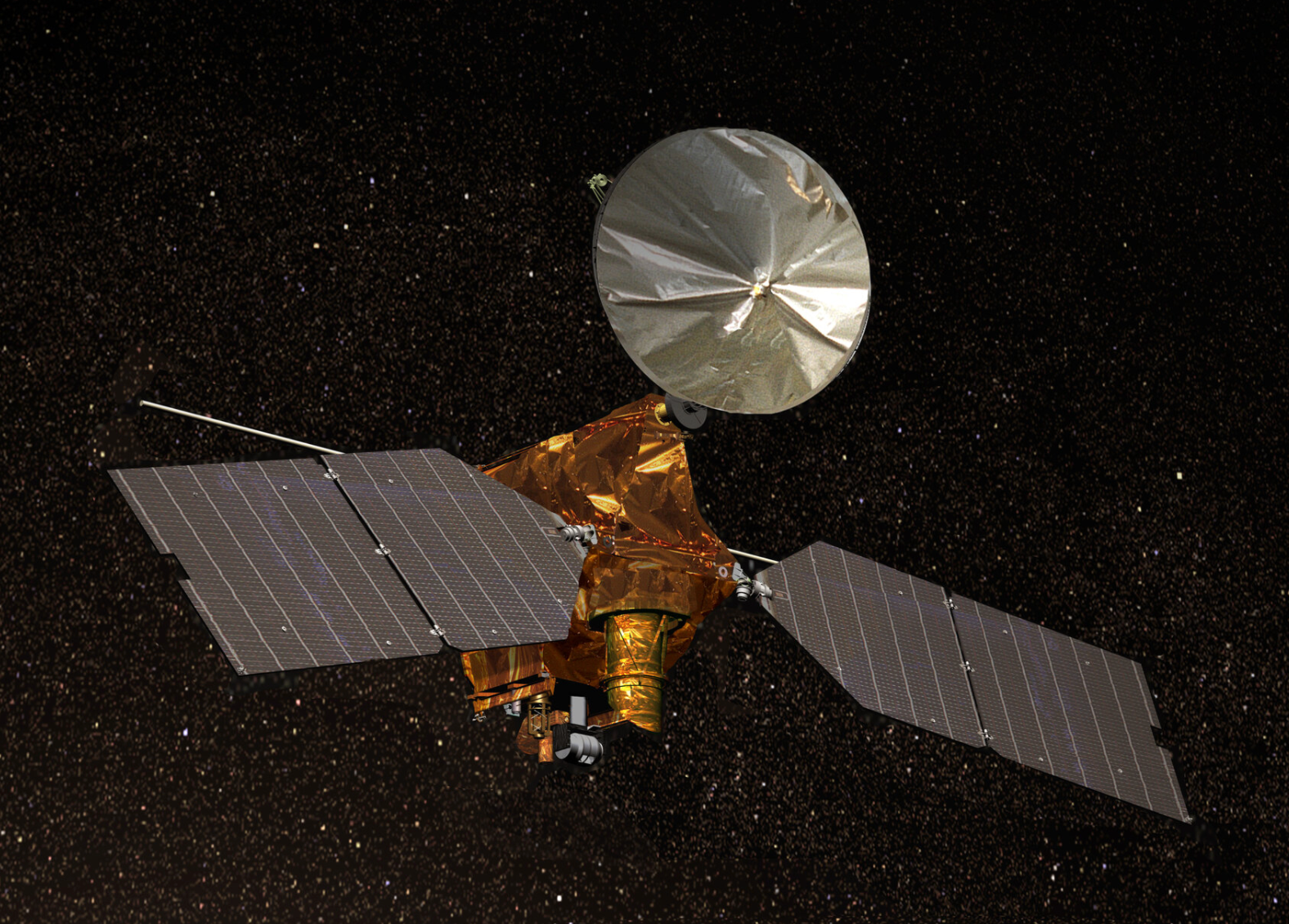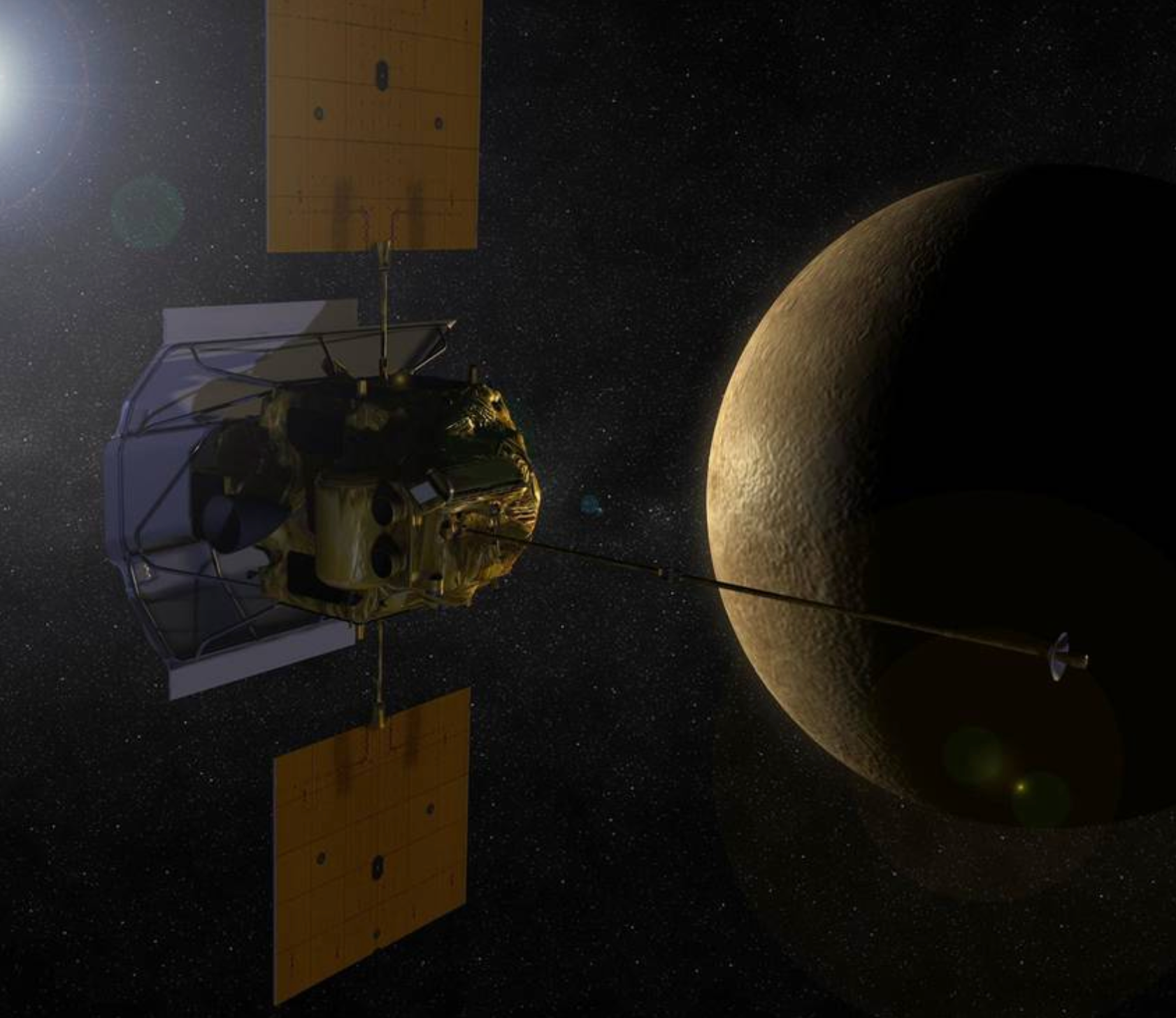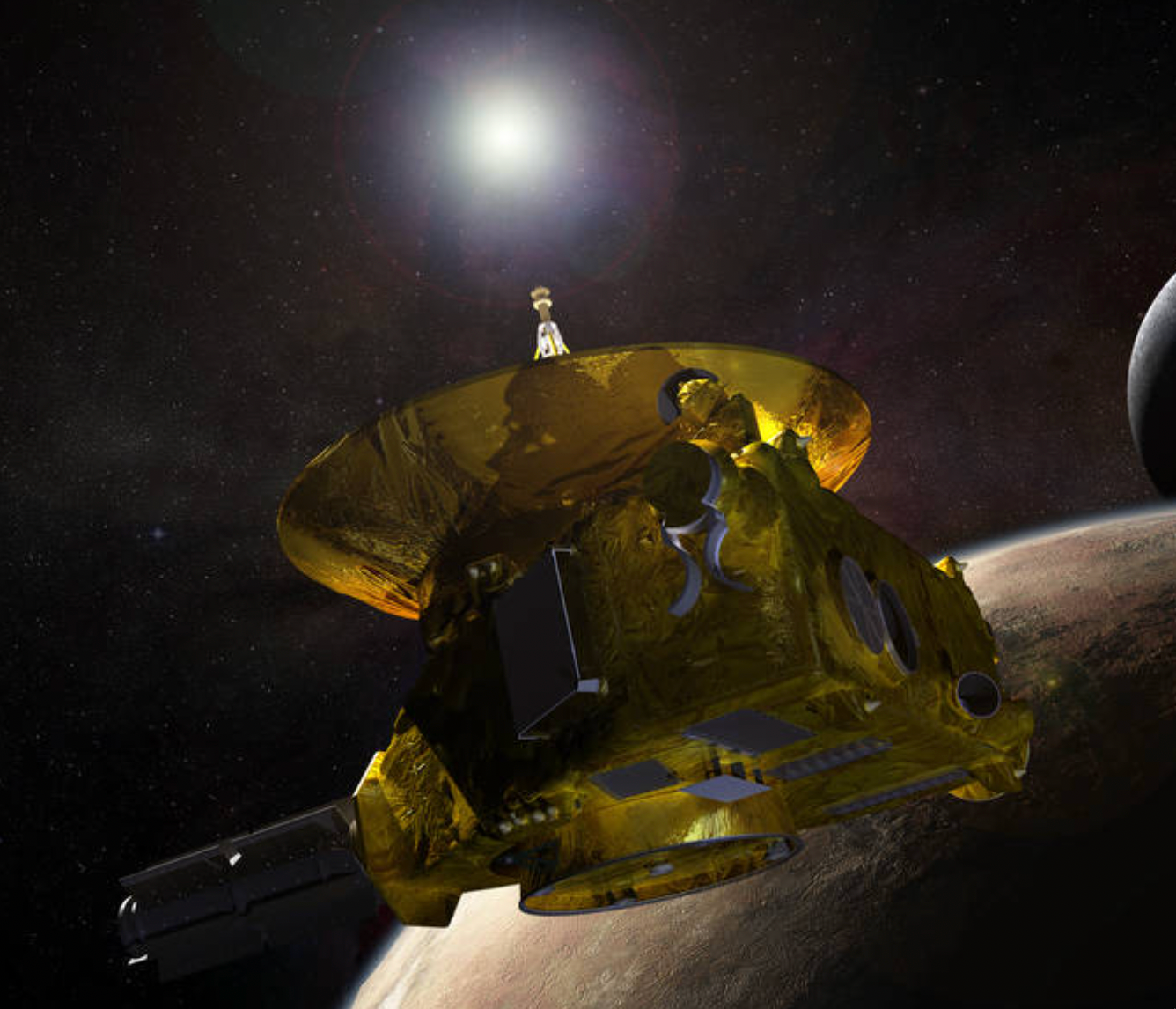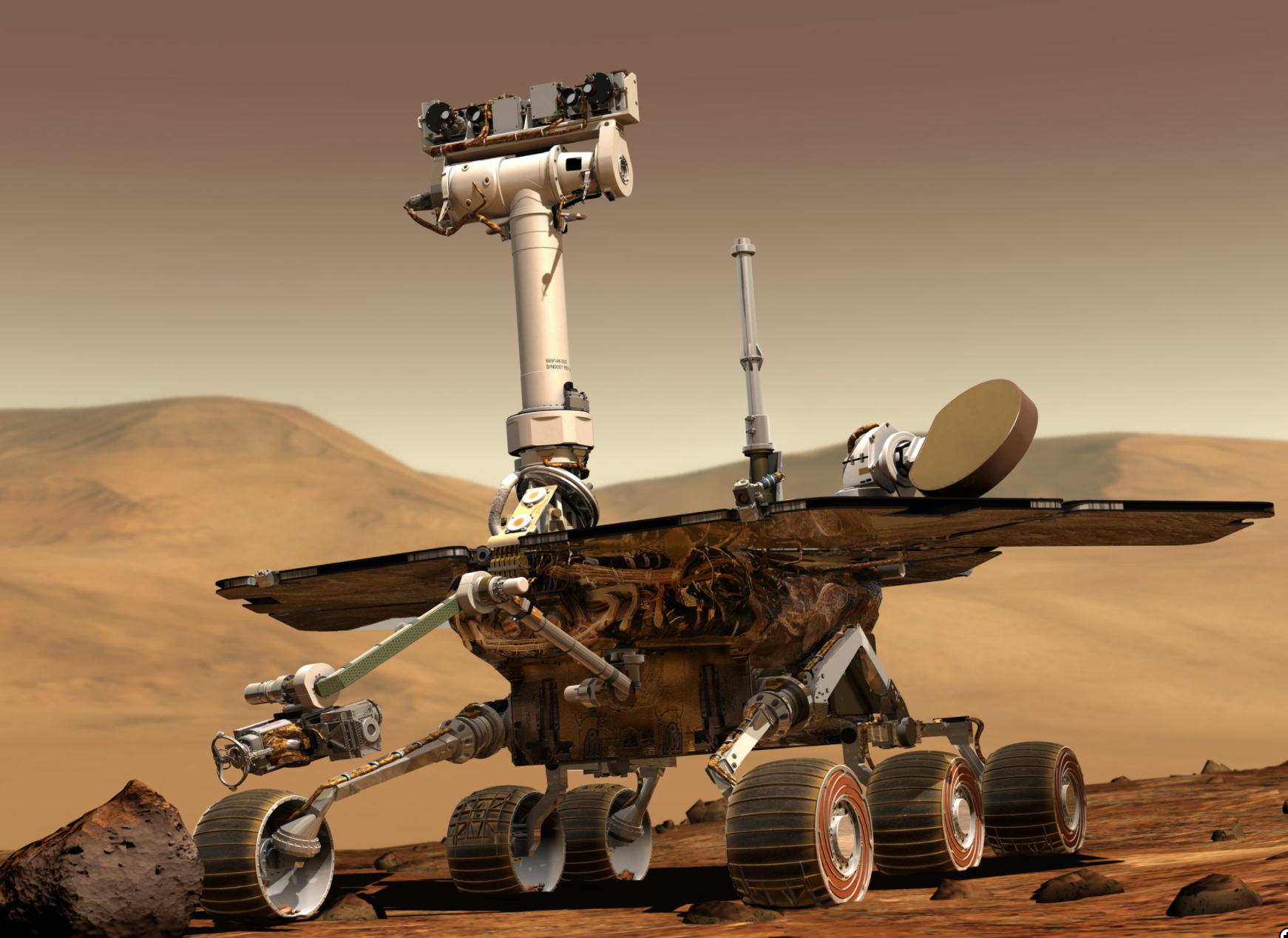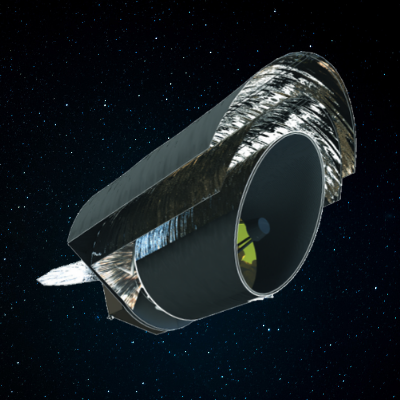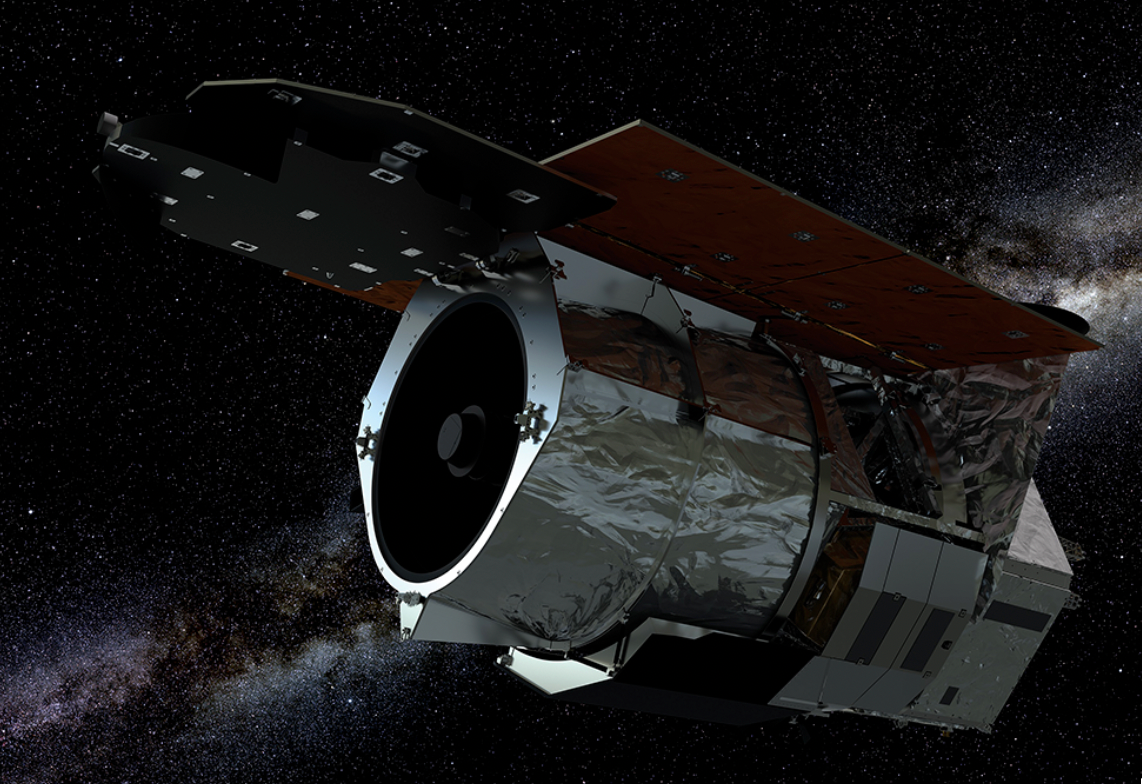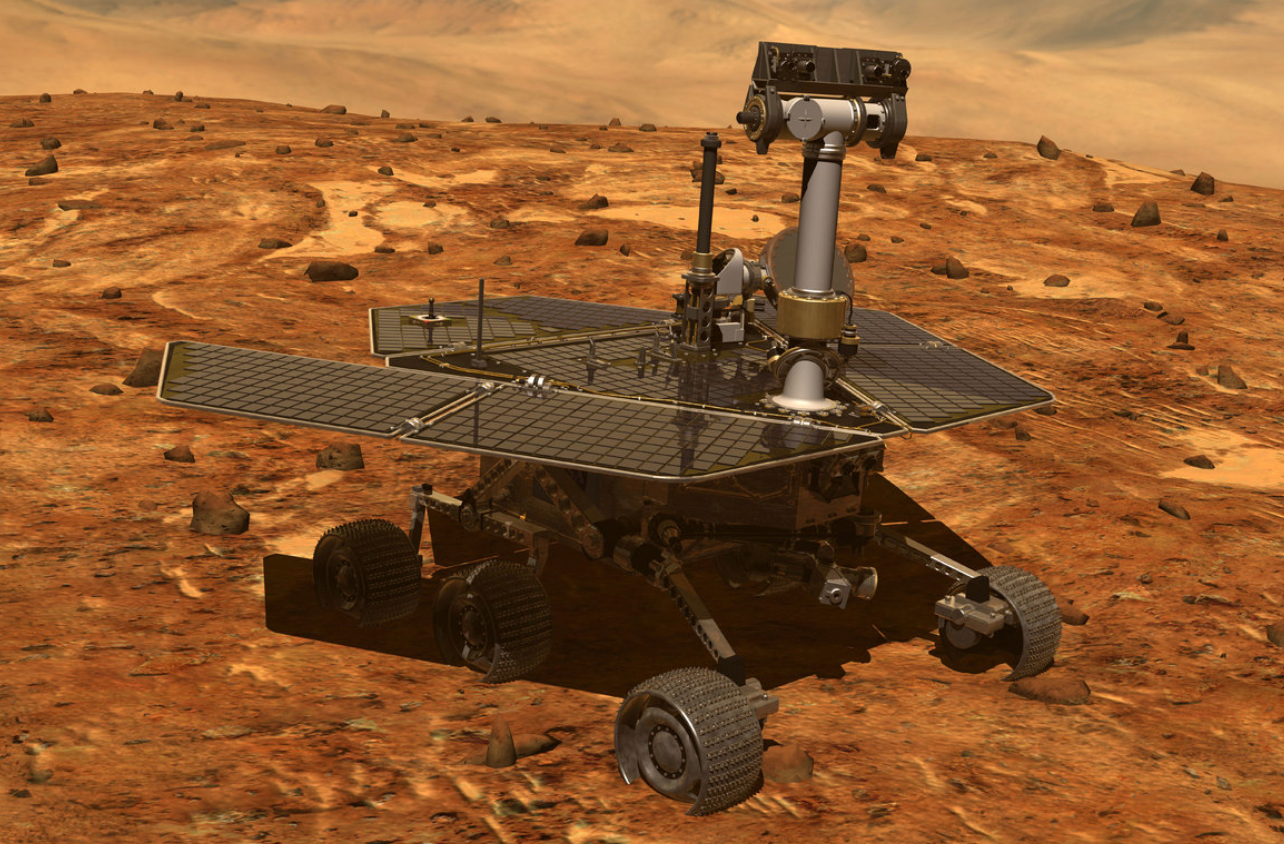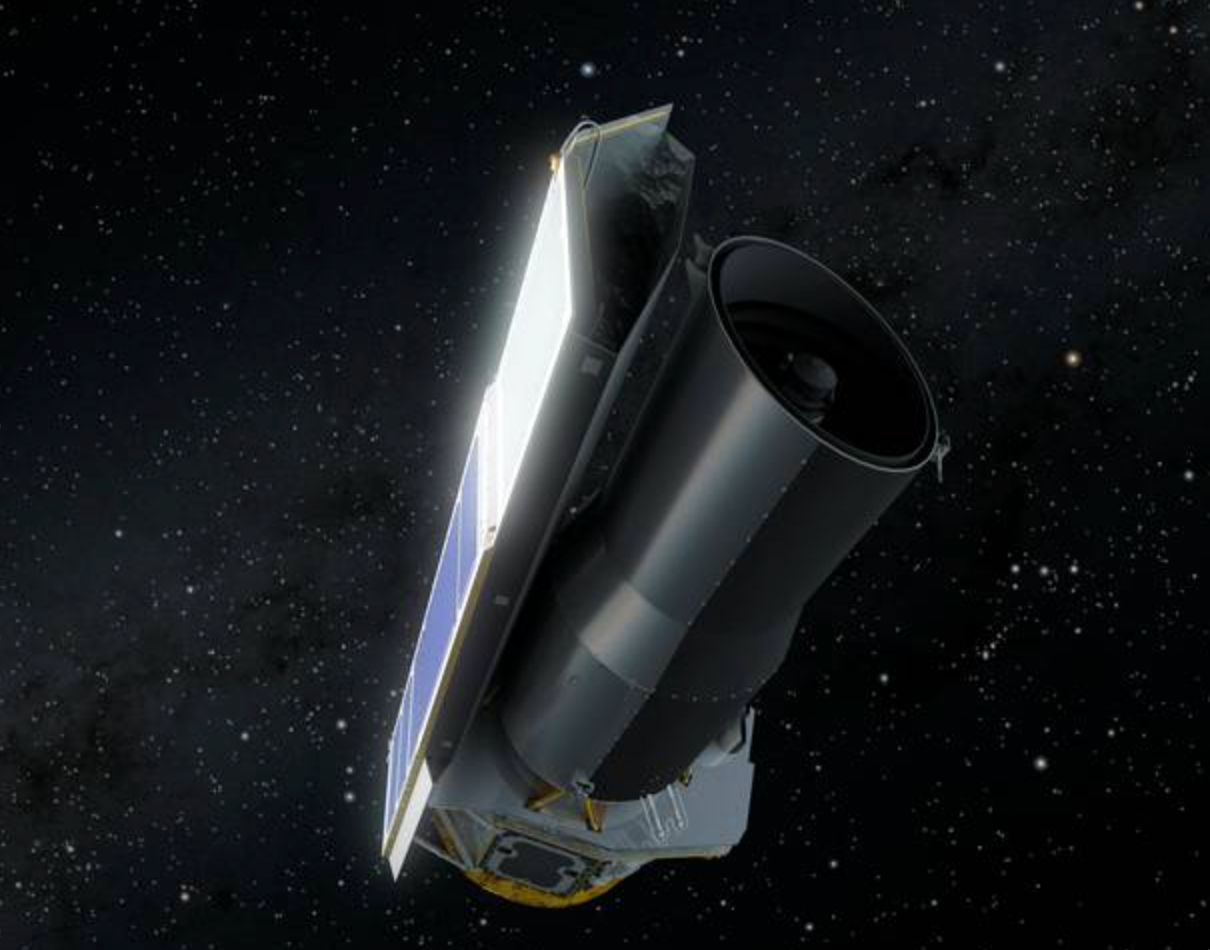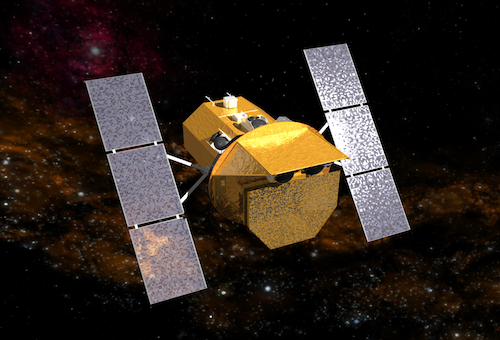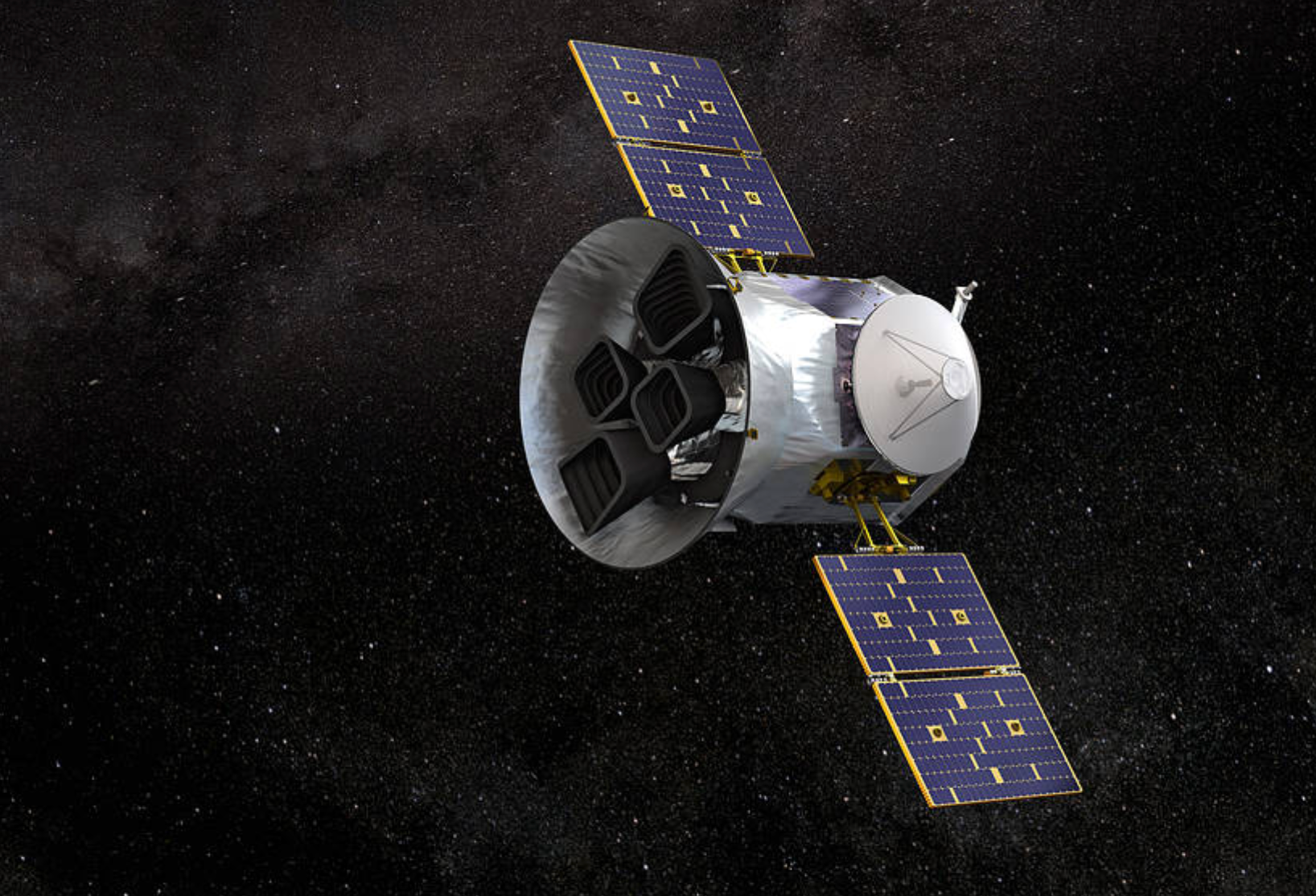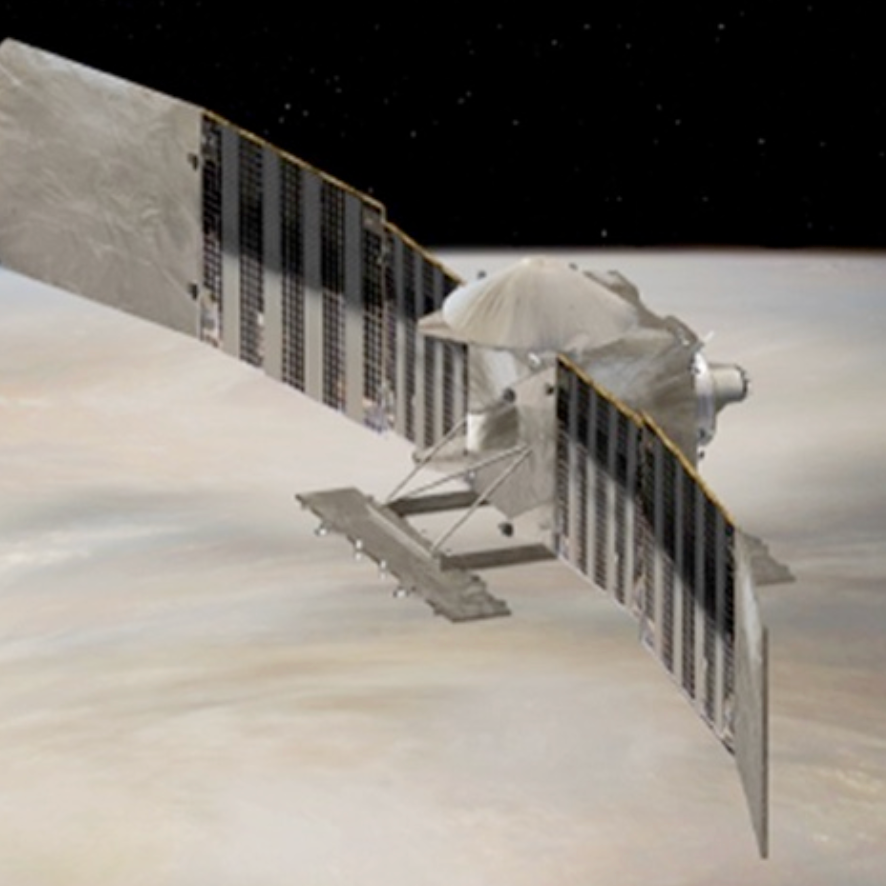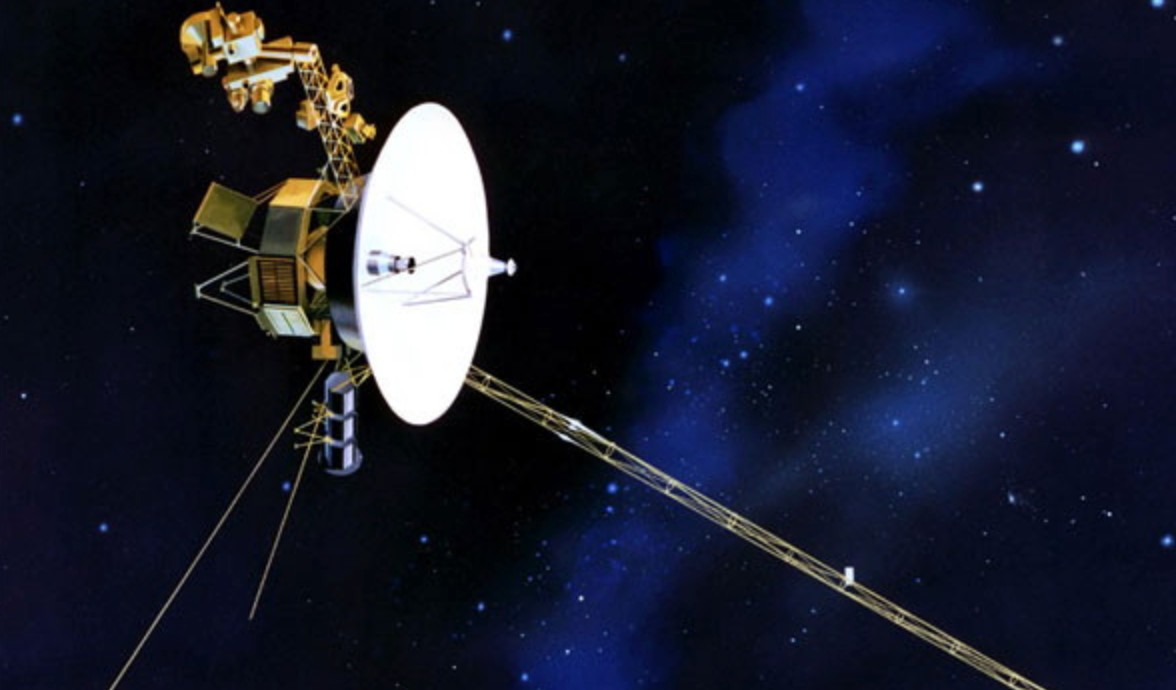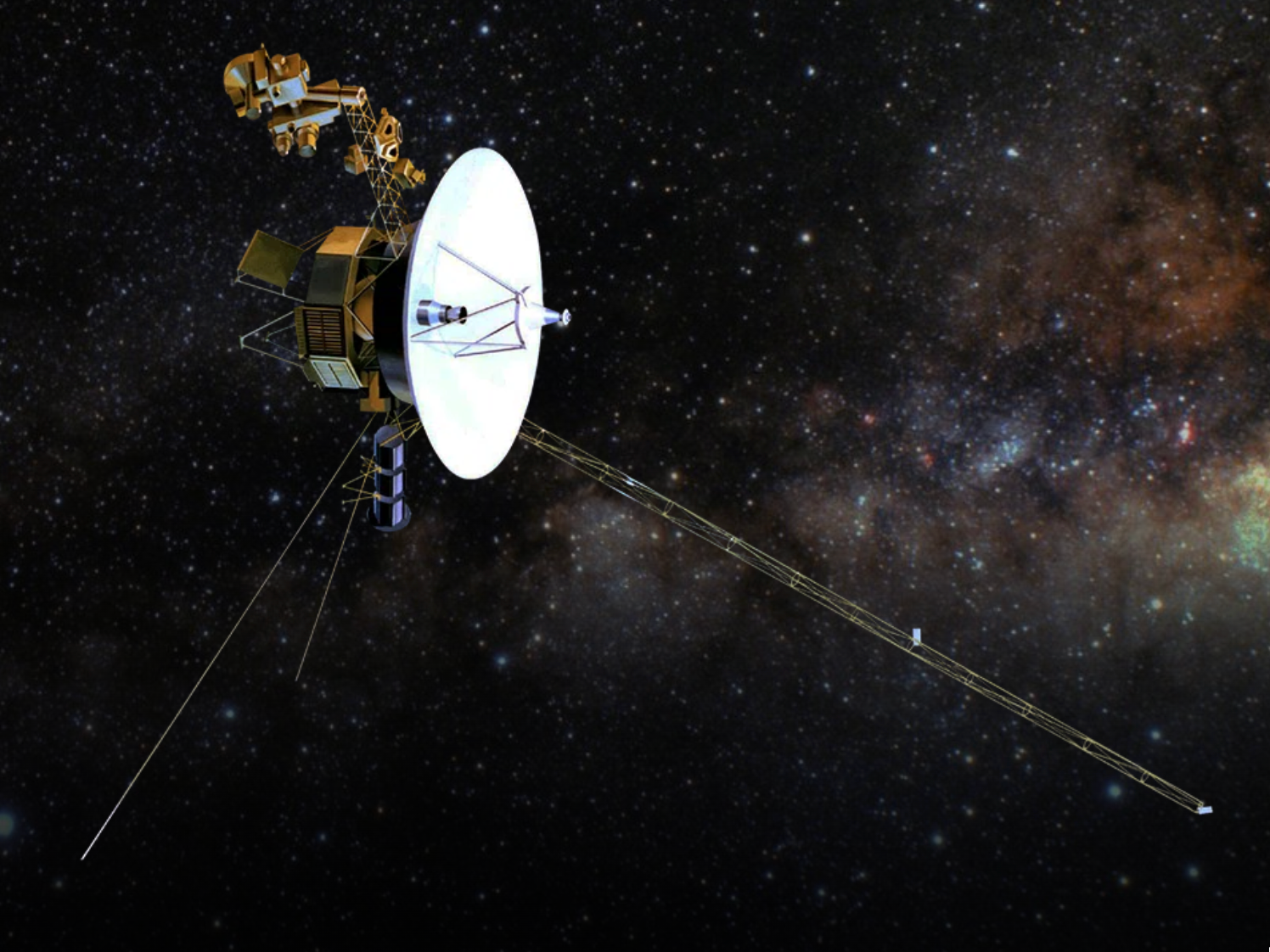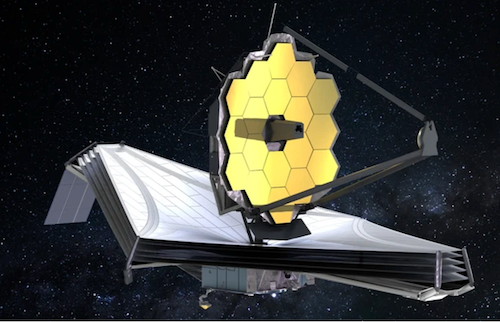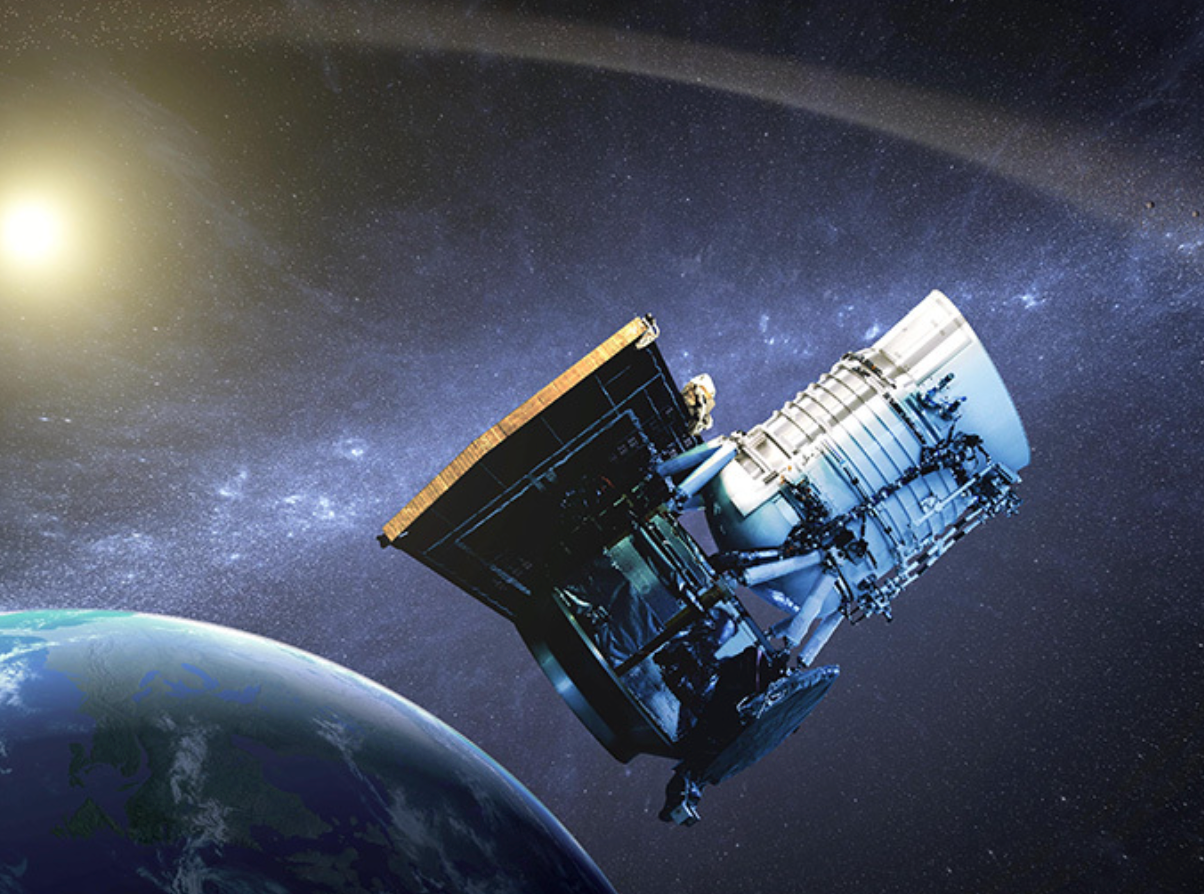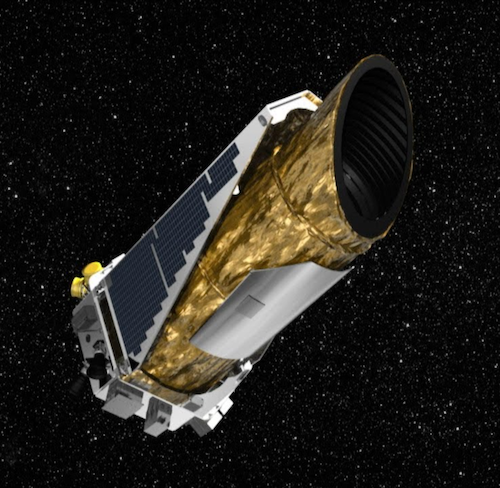
Kepler Telescope
Liftoff
March 7, 2009
Mission Ended
November 15, 2018
Mission Info
The Kepler Mission was designed to survey our region of the Milky Way galaxy looking for Earth-size and smaller rocky potentially habitable planets. For four years, the spacecraft stared continuously at about 150,000 stars, looking for tiny dips in their brightness caused by the passage of planets across their faces. Kepler found 2,335 confirmed planets and another 1,699 candidates, bringing its tally to 4,034. That number includes about 50 worlds that may be about the same size and temperature as Earth.
In May 2013, the second of Kepler's four orientation-maintaining reaction wheels failed, and the spacecraft lost its superprecise pointing ability, bringing the original mission to a close. But mission managers figured out a way to stabilize Kepler using sunlight pressure, and the spacecraft soon embarked on its K2 mission, hunting exoplanets on a more limited basis, observing comets and asteroids in our own solar system, as well as supernovas and a range of other objects and phenomena.
Key Facts
Delta 7925-10L
Cape Canaveral, Fla.
Found the first planet, Kepler-22b, in the habitable zone of a star outside our solar system
Revealed our night sky to be filled with more planets even than stars
Provided a new way to assess whether a planet has a solid surface, like Earth, or is made mostly of gas, like Neptune. This distinction helps scientists zero in on potential Earth-like planets and better the odds for finding life in the cosmos
Mission Images
Mission News
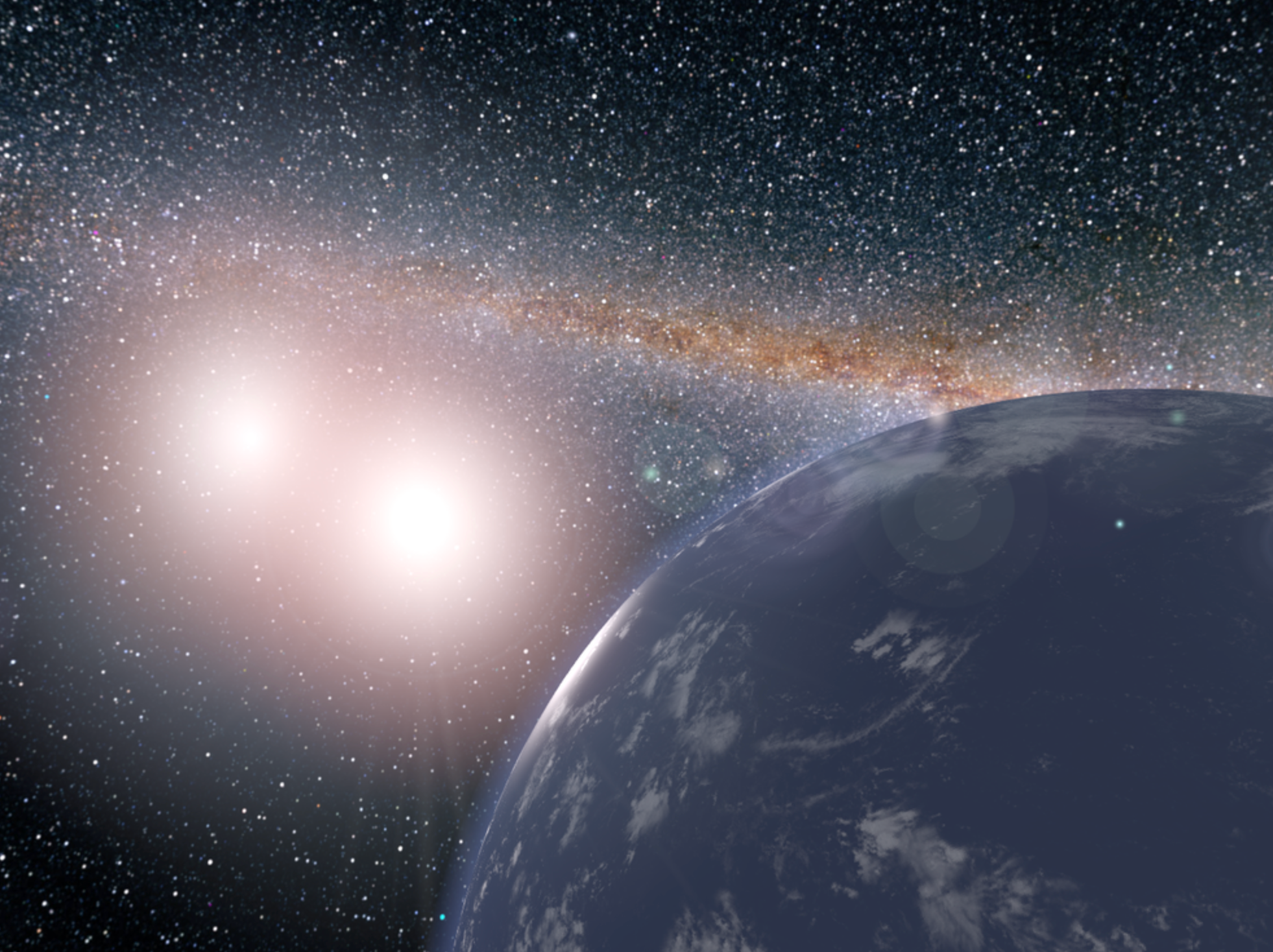 NASA/JPL-Caltech
NASA/JPL-Caltech